From the backyard of our own Solar System to the distant shores of the cosmic ocean, the Universe is full of mysteries. It has always been like that.
Centuries ago, ancient astronomers were mystified by the nature of comets and wondered about the chemical make-up of stars.
These old riddles are now solved, but as bigger telescopes and more sensitive instruments peer deeper into space, they have been replaced by new conundrums.
Now we ponder questions about black holes, about the very nature of physical laws, and about our place in the Universe.
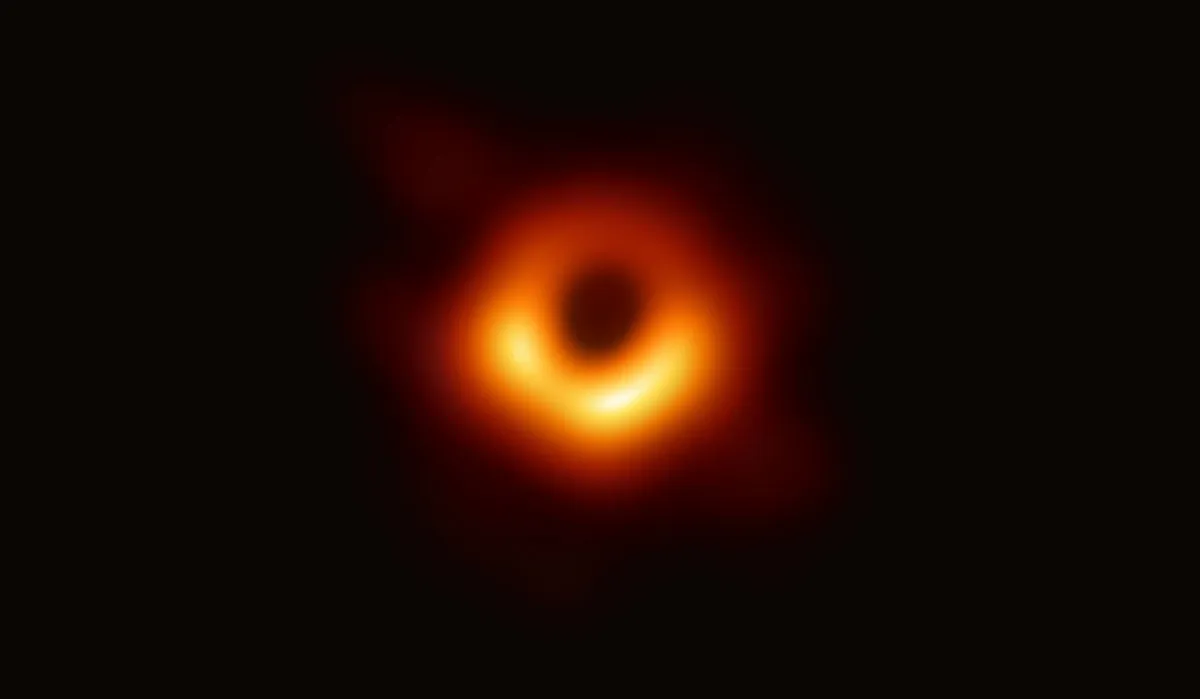
When you read our roundup of the 9 biggest cosmic mysteries (no solutions guaranteed!) you’ll realise that one thing is very clear: the biggest mystery of all is the Universe itself.
Cosmologists are desperately trying to understand its birth, composition and destiny.
They’re certainly not there yet, although answers may well be within reach over the coming decades.
And by then, who knows what new mysteries we might have learned to ask.
In the meantime, here are 9 of the biggest mysteries concerning space, the cosmos, and just about everything in the Universe.
How do galaxies form?
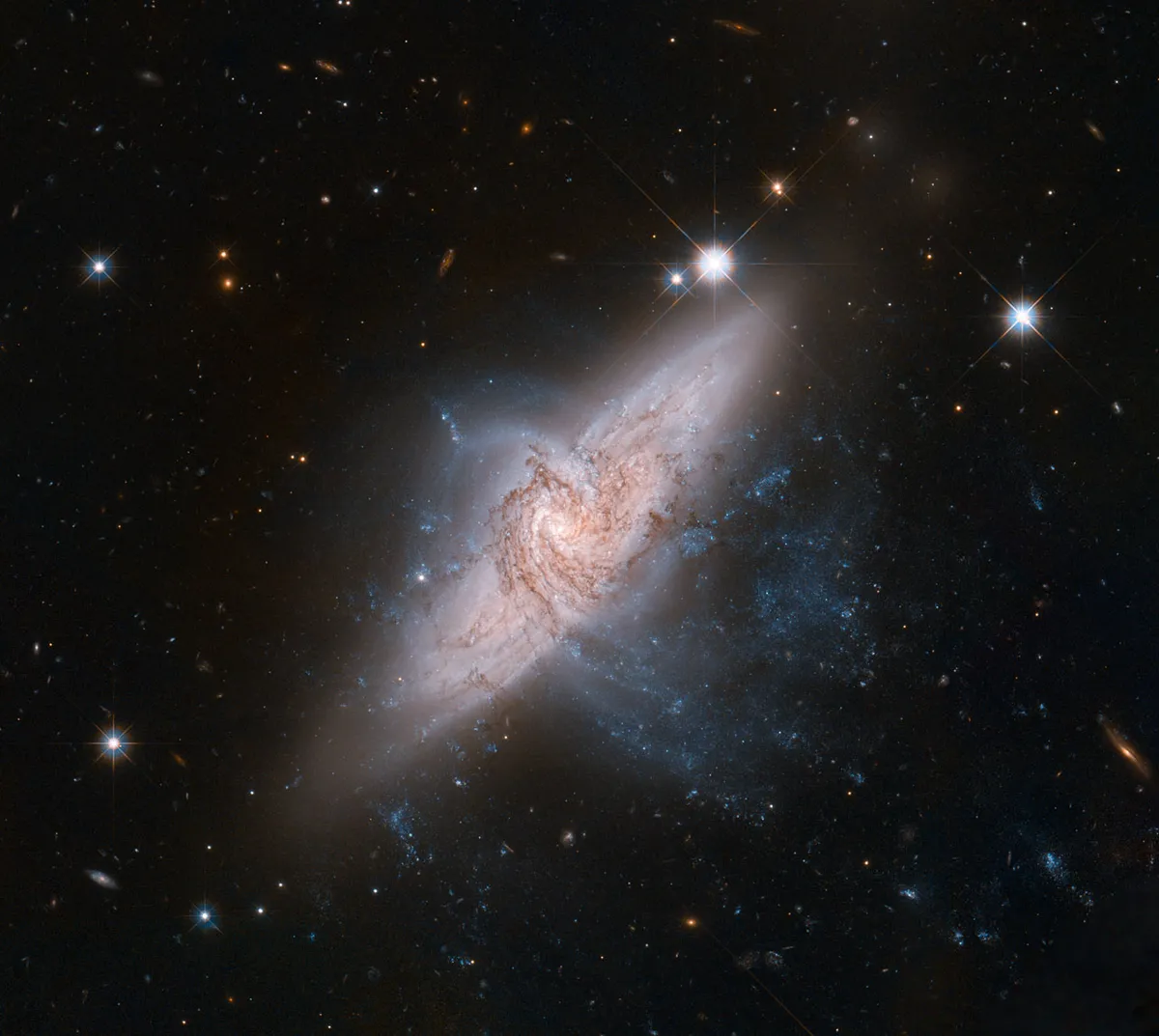
How do galaxies form? The simple answer is: through gravity. Primordial matter in the newborn Universe wasn’t spread out evenly.
Areas of slighter greater density attracted more matter and grew bigger over time; empty spaces grew emptier.
Thus, even though the Universe was expanding, matter was pulled into lumps that eventually grew into galaxies like our own Milky Way.
Cosmologists study the birth of galaxies in an expanding Universe by running huge computer simulations, like the giant ‘Millennium Run’ performed by Durham University scientists.
That's right: astronomers can build a universe in a computer.
The statistics of the resulting galaxy distribution are then compared to the observed large-scale structure of the Universe.
The good news is that one particular model agrees very well with the real thing: a Universe in which most of the matter consists of dark particles that hardly interact with normal atoms.

According to this model, galaxies and clusters of galaxies should be interconnected by filamentary structures, and some observations seem to support this view.
However, there’s a catch.
The models also predict that big galaxies are surrounded by hundreds of smaller ones, and those are not observed.
Also, it’s unclear how the first massive galaxies could form so early after the Big Bang.
So the current picture may be incomplete after all.
Is our Solar System unique?

It’s fascinating that this question can be asked at all. Until the mid-1990s, astronomers didn’t have a clue about the existence of other solar systems.
True, a handful of sterilized planets had been discovered orbiting pulsars – compact stellar corpses that emit copious lethal X-rays – but no one knew about planetary companions of Sun-like stars.
So has the question about the uniqueness of our Solar System been solved? In a way, yes: we now know that it is not the only one.
Astronomers now know of other Sun-like stars that are accompanied by one or more planets.
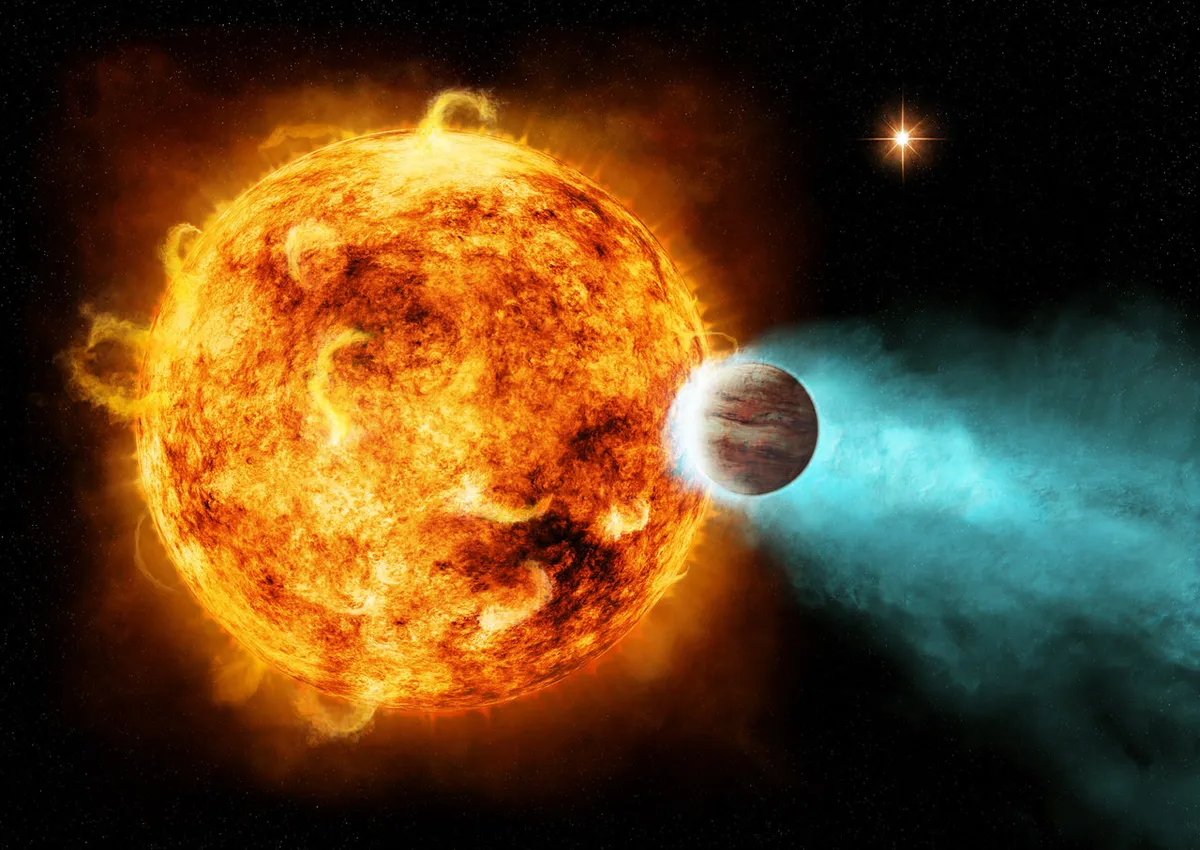
Exoplanet hunters have encountered many strange exoplanets, including hot Jupiters that apparently spiralled inward into small and fast orbits, knocking other planets into highly elongated paths during the process, or kicking them out of the system altogether.
A small, Earth-like world in such a system would probably not survive this game of planetary billiards.
Thus, planets that are hospitable to life may well be less common than some people had imagined.
On the other hand, current telescopes are unable to detect a solar system like our own, although future ones should be able to do just that.
So in fact they may be pretty numerous. After all, nature never makes only one copy of anything.
Our Solar System may be rare, but it’s probably not unique. However, we won’t know the answer to this question for sure until a similar solar system is found.
What caused the Big Bang?
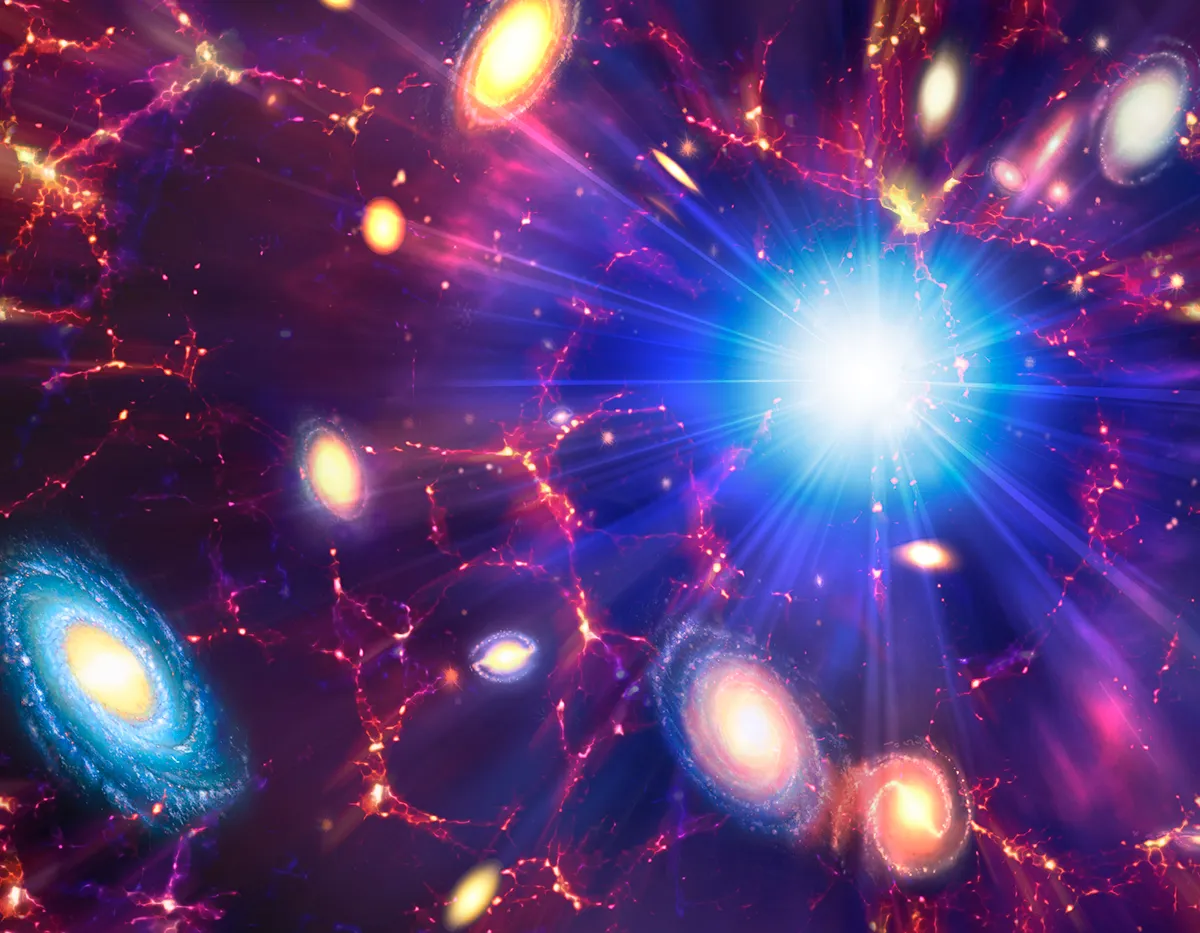
This is a very suggestive question. To find out the cause of the Big Bang, you assume a prior event that apparently had a Universe-spawning effect.
But it’s not entirely clear if the word ‘prior’ has any meaning here.
Perhaps the Big Bang not only amounted to the creation of matter and energy, but also the origin of space and time itself.
In that case, it’s difficult to talk about a logical cause.
This is heavy philosophical stuff, so it’s hardly surprising that cosmologists have tried to circumvent the spontaneous creation of a Universe out of nothing.
Until recently, some scientists held the view that the Universe would someday recollapse, eventually leading to another bang.
But we’ve since learned that the current expansion of the Universe will probably never stop, so that idea fell out of favour.
Instead, some physicists suggest that the Big Bang was caused by our empty four-dimensional spacetime colliding with another universe that floats next to ours in a higher-dimensional ‘bulk space’.
Even more mind boggling is this: if something caused the Big Bang, what caused the cause?
How will the Universe end?
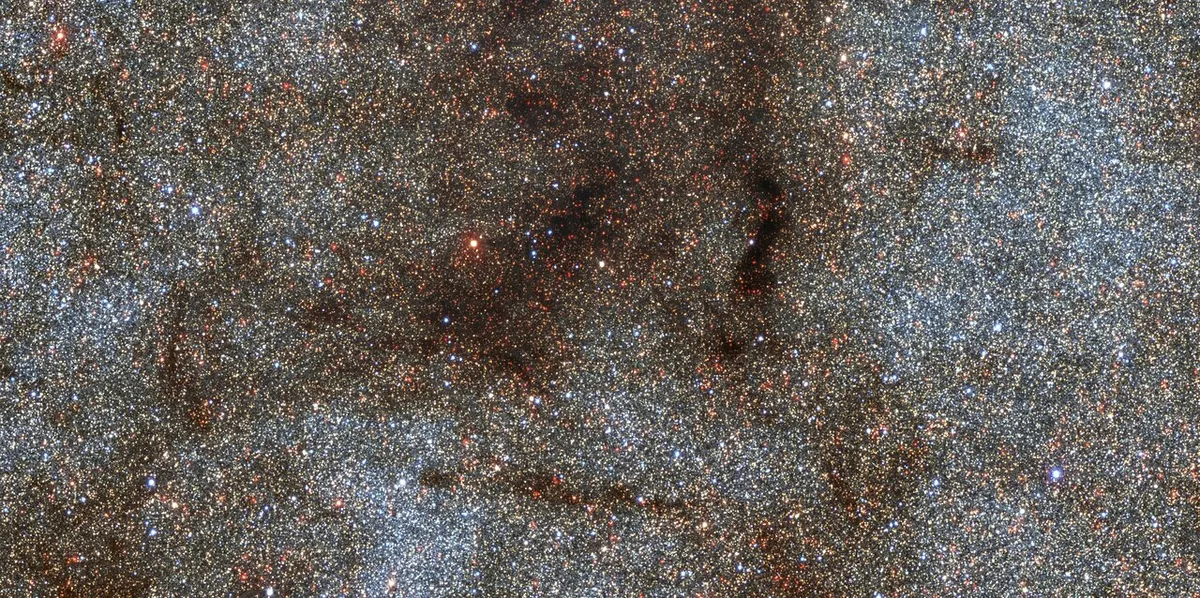
Maybe it won’t. People die, planets erode, stars explode, and even black holes evaporate, but the Universe may live forever.
Already, the cosmic baby boom – when the stellar birth rate in the Universe was at its peak – is distant history, and it will be another hundred billion years or so until star formation in many galaxies dwindles down almost completely.
But what about the Universe as a whole?
Since the discovery, in 1998, of a mysterious acceleration in the expansion rate of the Universe - known as dark energy - many astronomers believe that it will never slow down, let alone revert to a contracting phase.
So in the distant future, galaxies will increasingly recede from each other.
Eventually, they will disappear beyond each other’s cosmic horizon, and the Universe will be a dark and lonely place.
The mystery is in the precise sequence of events. Maybe all elementary particles are unstable in the very long run, and matter will completely cease to exist.
Also, the mysterious dark energy that drives the acceleration of the Universe might become stronger with time, leading to a ‘Big Rip’ when space itself is torn asunder.
For more on the end of the Universe, read our interview with theoretical astrophysicist Katie Mack.
Was Einstein wrong?
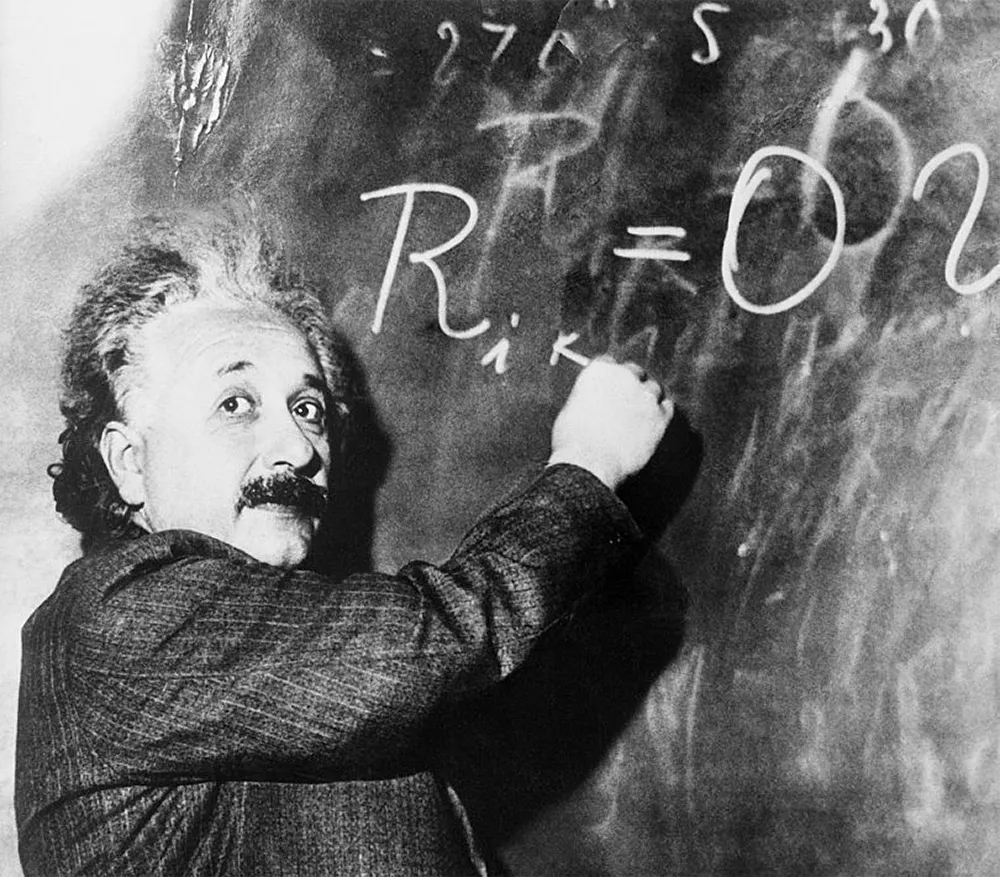
Let’s begin with another question: was Isaac Newton wrong? His theory of gravity is accurate enough to fly spacecraft to the Moon, but it breaks down at extremely high speeds or in very strong gravitational fields.
That’s where Einstein’s theory of General Relativity is a better alternative.
It correctly describes the bending of starlight by gravity, the orbital decay of binary pulsars and the warping of spacetime around a black hole.
That’s why General Relativity is currently physicists’ best theory of gravity (for more on this read our guide to the difference between Newton and Einstein gravity)
So why are we asking this question at all? It’s because history may well repeat itself.
Physicists might discover small effects that would hint at an even better theory of gravity.

In fact, the unexplained deceleration of spacecraft like Pioneer 10 and 11, which slowed down more than would be expected from the combined gravity of the Sun and planets, has been interpreted as evidence for new physics.
Using spacecraft telemetry and astronomical observations, many sensitive tests of General Relativity have been carried out over the past years and decades.
Einstein has passed all of those tests with flying colours, but physicists will keep putting his theory on the rack.
One day it may even fail, being shown to be not wrong, as such, but simply incomplete.
Could the Universe have been different?

Our material Universe consists of elementary particles, governed by the four forces of nature.
Physicists can measure particle properties like the mass ratio between protons and electrons; they can study the strength and behaviour of gravity, electromagnetism and the two nuclear forces; and they can determine a host of physical constants, like the speed of light.
But no one knows why all those values are what they are. So why is the Universe the way it is, and could it have been different?
One thing is clear: you shouldn’t twiddle too much with the knobs and dials of the cosmos.
Just a slight change in the mass or charge of a particular type of particle, or a tiny increase in the strength of one of nature’s forces, would render the Universe devoid of stars, planets and life.
It looks as if nature has been tweaked to produce complexity – as if the Universe has been fine-tuned for the emergence of life.
This raises an interesting puzzle. If the fundamental properties of the Universe are the chance outcome of a random process, it seems like an uncanny coincidence that the result would be so special.
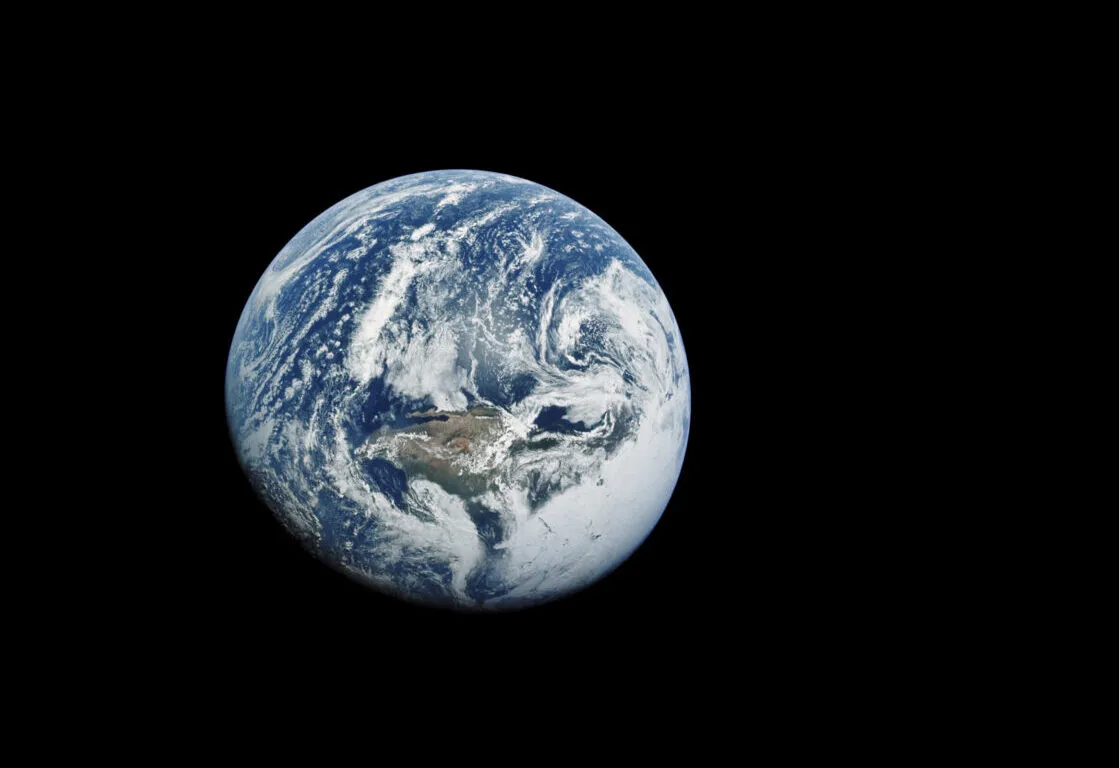
After all, if you buy only one lottery ticket, it’s highly unlikely to be the winning one.
On the other hand, if some yet-to-be-discovered Theory of Everything allows only one possible Universe, it’s unclear why that unique solution would have to be a life-spawning one.
The multiverse would be a possible solution to this mystery.
In the multiverse theory, our Universe is just one of a huge ensemble of many possible universes.
If this seems far-fetched, recall that people have balked at similar ideas before, when the uniqueness of the Earth, the Sun and the Milky Way was put into question.
If there are zillions of universes, all possible combinations of natural constants, particle properties and strengths of forces could occur somewhere.
Of course, we necessarily find ourselves in a Universe that allows for the origin of life.
Then again, if you feel uncomfortable with the multiverse idea, you’re in good company.
Some astronomers say that because it’s an untestable idea, it’s not even science.
Did inflation happen?

This might be an easy question for an economist, but it’s tough for a cosmologist.
The theory says that inflation was an extremely brief burst of exponential growth at the start of the Universe.
Within a tiny fraction of a second, the Universe doubled its size a hundred times in succession before settling down in the much more sedate expansion it has experienced ever since.
But did it happen?
Inflation was greeted by cosmologists as a welcome solution to a nagging problem: how could the Universe be so homogeneous if remote parts were never in touch with each other?
The answer: before it blew up from the size of a subatomic particle to the size of a grapefruit, our observable Universe – now some 27 billion lightyears across – was small enough for any inhomogeneities to be ironed out.
Moreover, inflation explained why the large-scale curvature of our Universe appears to be zero.
Despite this theory, there’s very little direct evidence for inflation.
Is there life beyond Earth?
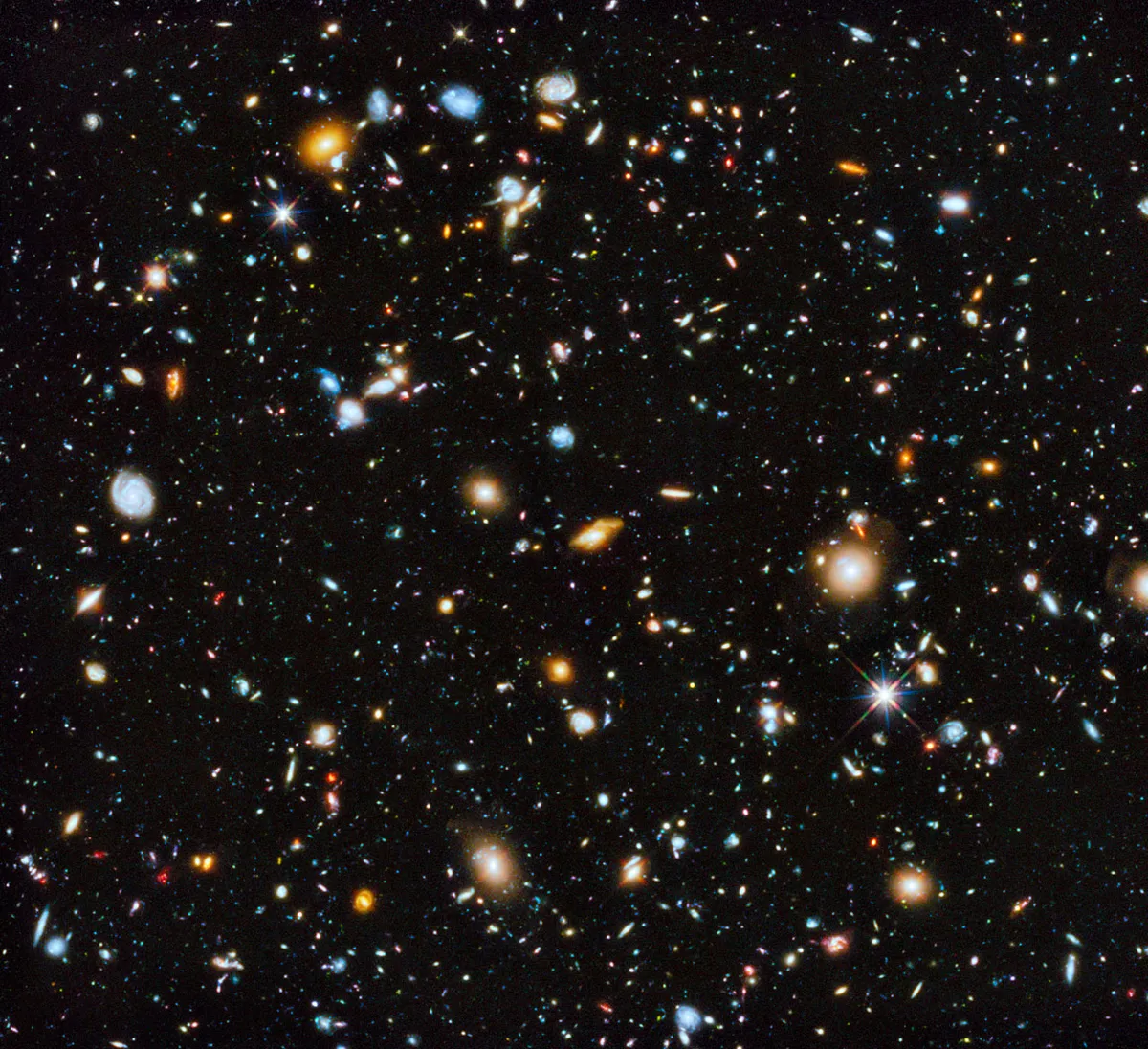
No matter how improbable the origin of life on Earth may have been, there should, theoretically, be many other ‘living’ planets in the Universe.
The argument goes like this: there are about a hundred billion galaxies in the observable Universe, each containing tens of billions of stars.
Many of these stars have planets, so even if life only forms on one planet out of every trillion, the number of life-bearing planets in the Universe is in the order of one billion.
Of course, the tantalising question of whether or not there’s life beyond Earth will only be answered if and when we find it.
In our own Solar System, a few locations appear to be hospitable to microbial life: the planet Mars, the subsurface ocean of Europa - one of Jupiter's Galilean Moons - and maybe the warm interior of Saturn’s satellite Enceladus.
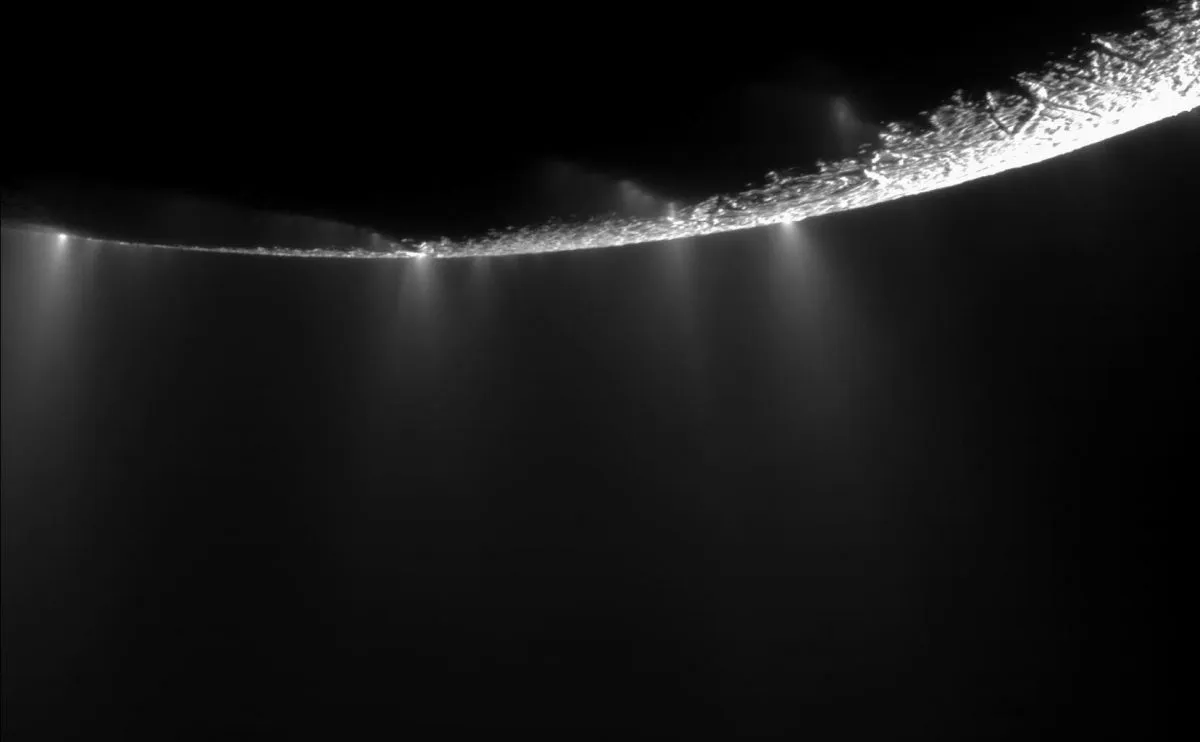
The discovery of Martian bacteria, either extant or extinct, would immediately tell astrobiologists that life is extremely common in the Universe.
So far, however, nothing has been found, although there’s plenty of evidence that Mars was warmer and wetter in its distant past.
Casting their nets a bit wider, astronomers are just starting to sniff out the atmospheres of exoplanets.
If a planet’s atmosphere turns out to contain substantial quantities of oxygen and methane, it’s almost certain it must have living organisms on its surface.
On Earth, it took billions of years for life to evolve from single-cellular organisms to anything bigger than the full stop at the end of this sentence.
Looking for microbial life may therefore give us the best chance of success.
On the other hand, that restricts the search to planetary systems in our immediate neighbourhood.
That’s why some researchers are trying to eavesdrop on the radio communications of alien civilisations. If they exist, they could be picked up from the other side of the Milky Way.

However, this Search for Extra-Terrestrial Intelligence (SETI) assumes that the biological evolution of life necessarily leads to intelligence and technology.
Ask an evolutionary biologist and they might well laugh in your face, because evolution has no built-in goals.
Moreover, as Italian physicist Enrico Fermi once remarked: "here are they?". This is known as the Fermi Paradox: if alien civilisations are so abundant, ET should have found and visited us long ago.
For now, no matter how likely the existence of extraterrestrial life seems, is still an unproven hypothesis.
And that probably won’t change anytime soon.
It’s a funny question too, because there’s no way to disprove the idea. As long as nothing has been found, some people will always believe they haven’t looked hard enough.
What is the Universe made of?
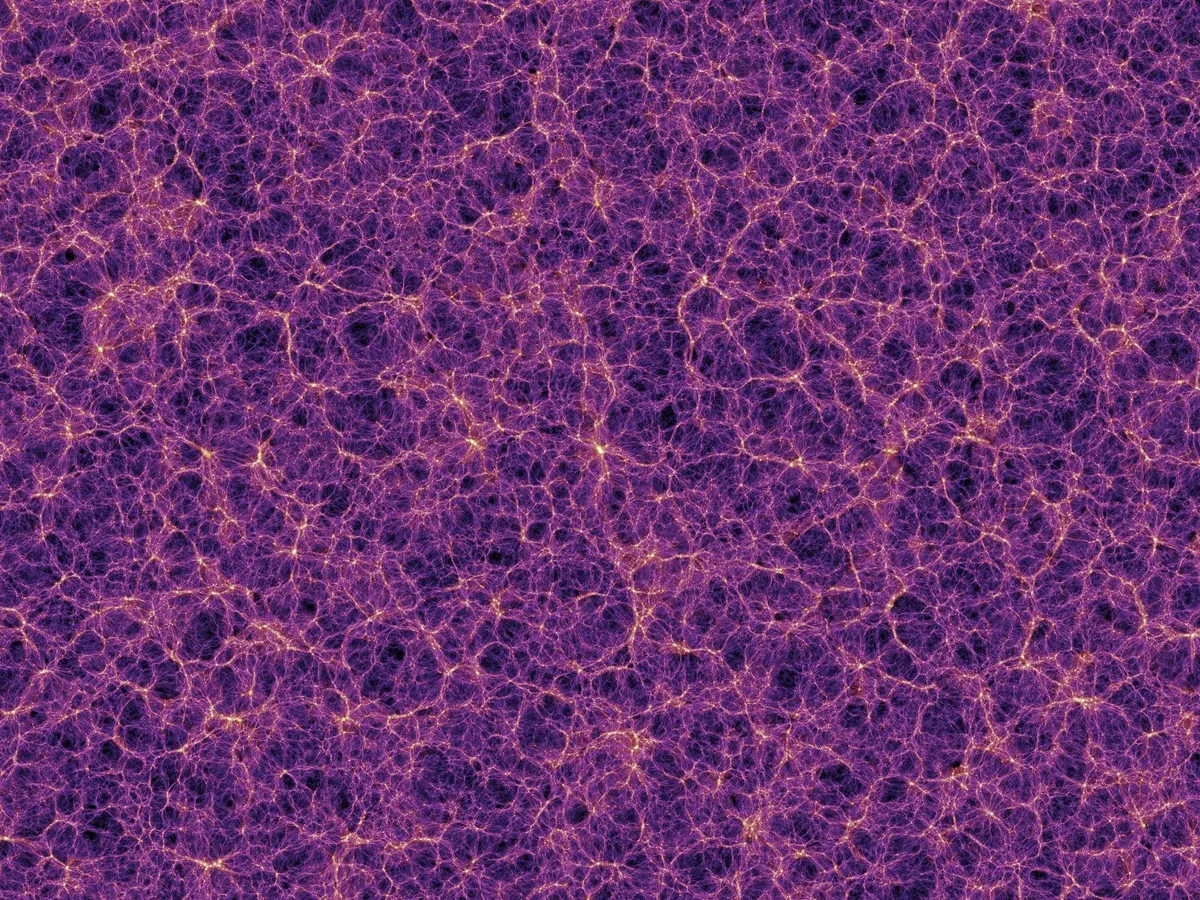
The short answer is very simple: no one knows. The familiar matter that we do know about – atoms and molecules – is just the tip of an enormous iceberg.
By far the largest amount of matter is dark and consists of unknown particles. If that wasn’t mysterious enough, the vacuum of empty space is filled with a mysterious dark energy that accelerates the expansion of the Universe.
We’re not only blind to the bulk of the iceberg, we also fail to understand the dark ocean in which it floats.
Dark matter reveals its presence by its gravitational influence.
This can be seen in observations of the rotational velocities of galaxies, the motions of those galaxies in giant clusters, and the way the gravity of the clusters bends the light from background objects (observed during gravitational lensing).

All suggest that the total amount of matter in the Universe is about 30 times more than what can be seen with telescopes.
So could dark matter be accounted for by dim stars, cold gas clouds and black holes?
Unfortunately not. If all the dark matter were composed of baryons (protons and neutrons that make up atomic nuclei), the Universe would look pretty different.
With so many baryons around, the nuclear fusion reactions that occurred during the Big Bang would have produced a different mix of elements, with much less deuterium (heavy hydrogen) than is observed.
So if you accept the Big Bang theory, there’s no way out. The vast majority of the material content of the Universe really is composed of mysterious non-baryonic particles.
And then there’s dark energy. A catchy name, but no one knows what it is. In 1998, astronomers discovered that the current expansion rate of the Universe is larger than it was a few billion years ago.
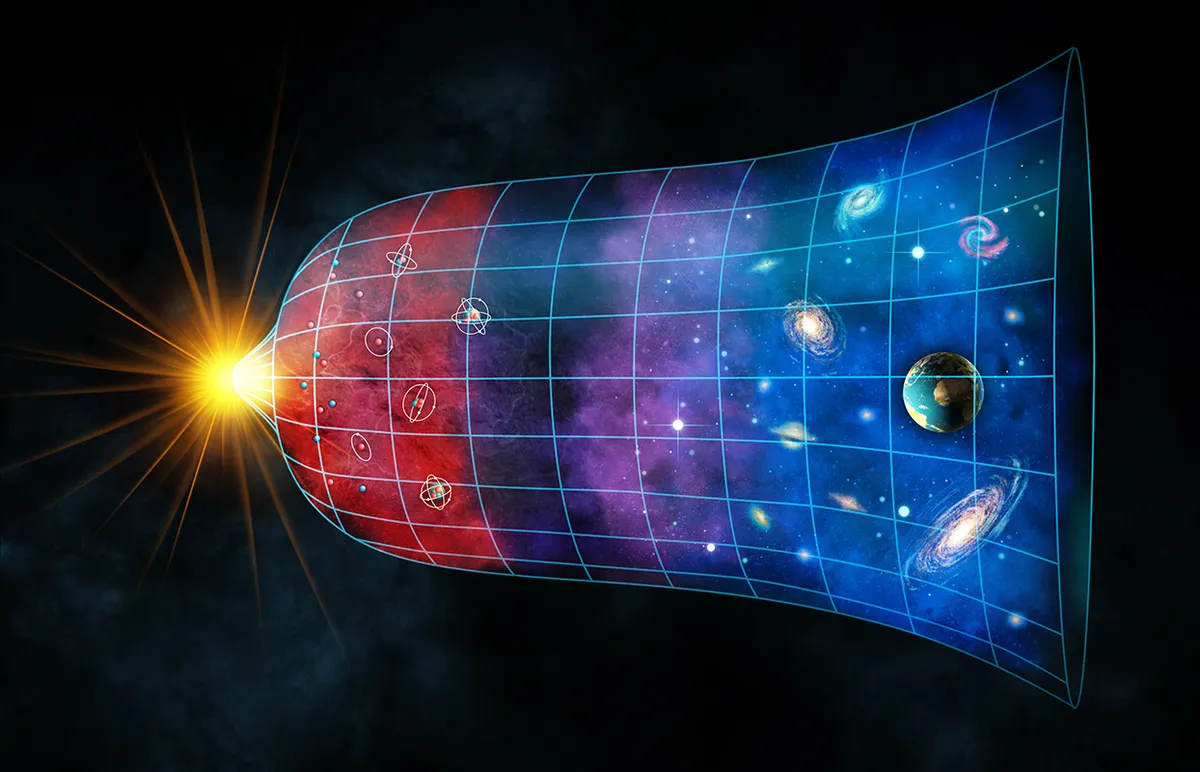
Apparently, the expansion of the Universe is speeding up, despite the mutual gravitational attraction of galaxies that is expected to slow it down.
Dark energy, which can be thought of as being like the repulsive force of empty space, is held responsible for this acceleration.
So there you have it: the ‘concordance model’ of cosmology. Some 70% of the full content of the Universe consists of dark energy; the remaining 30% is matter.
But only a small part of this matter (4% of the total content of the Universe) is composed of ‘ordinary’ particles, and at most one quarter of this baryonic matter (1% of the grand total) is visible to us as stars and gas clouds.
It’s a weird tale, that’s for sure. Still, most cosmologists are happy with the concordance model.
It explains most of the characteristics of the Universe, and it appears to be supported by a wide variety of observations, such as detailed temperature maps of the cosmic microwave background radiation (the ‘afterglow’ of the Big Bang) and 3D maps of the spatial distribution of galaxies.
All of the jigsaw pieces appear to fit nicely; the only problem is that nobody knows what the puzzle represents.
The make- up of the Universe is one of astronomy’s biggest mysteries.
This article has been updated from an article that originally appeared in the June 2007 issue of BBC Sky at Night Magazine.
